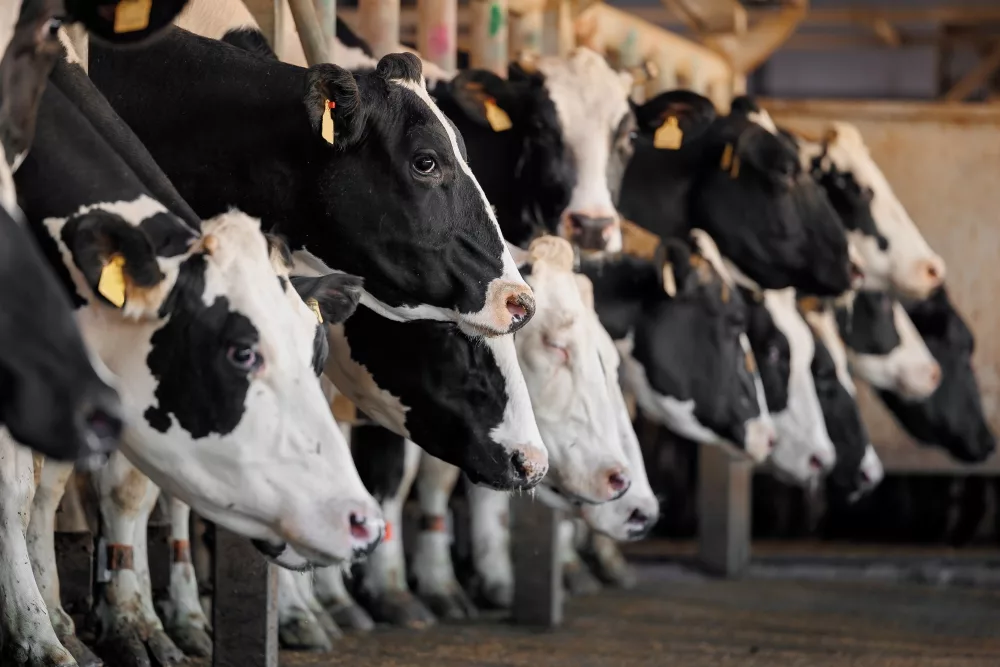Joni Mitchell is a Canadian singer-songwriter whose songs draw from folk, pop, rock, classical, and jazz. In 1970, she released the song Big Yellow Taxi that had the chorus line, “They paved paradise and put up a parking lot.” This has been going on in rural America for a long time but, in the last few decades, has accelerated exponentially.
According to Modern Farmer, 31 million acres of farmland were lost to development, in total, between 1992 and 2012. That’s 175 acres per hour of agricultural land lost to development – 3 acres per minute. In the last 20 years, more than 11 million acres of US farmland have been converted, fragmented, or paved over by development projects, according to a report by the American Farmland Trust.
I have been a witness to this trend every day. Living just outside the Indianapolis metro area, hardly a day goes by that a once productive farm field is turned into a new housing development or strip mall. A large tract of land across the road from my house had been a soybean field but now is being transformed into a golf course and residential community.
The impact of this loss of food producing ground has been masked by the continuing increases in production on less and less ground by American farmers. It is ironic that the technology that has made this possible, biotechnology, chemical fertilizers, and herbicides, is the technology that the consumers who now live on this former farm ground criticize. They call for natural food production but support zoning policies that make that impossible.
Efforts both public and private have been successful in protecting farmland for many years. USDA’s Natural Resources Conservation Service (NRCS) has offered conservation easements through the Farm Bill for 28 years, through programs like the Agricultural Conservation Easement Program (ACEP), which helps landowners, land trusts, and other entities protect, restore, and enhance wetlands, grasslands, and working farms and ranches through conservation easements.
NRCS announced last week that 5 million acres of wetlands, grasslands, and prime farmland — an area the size of New Jersey — have been enrolled since October of 2020.
In the effort to protect our limited natural resources, productive farmland has a new ally, one that will bring much needed attention and government funding to the effort. Climate change is a much touted priority of the Biden administration, and the USDA is now working with landowners to partner with NRCS to implement voluntary climate-smart management practices that maximize the amount of carbon sequestered from the atmosphere and stored in soils or plant biomass across these landscapes. While having the support of the USDA is nice, actual authority on land use resides in other federal agencies including the EPA, BLM, and Corps of Engineers.
While federal programs can be helpful, the front line on the efforts to protect farmland is on the state and local level. County commissions and zoning boards must balance productive farmland against the need for local jobs, tax revenue, and housing.
In Indiana, the authority over land use is divided between several different state agencies including IDEM and DNR. The State Department of Agriculture is not on that list. The state has developed guidelines for land use, but most policies are left on the local level.
So, while protecting our farmland may seem like a big national cause, it is an issue that needs to be talked about and discussed locally. Public officials who support a balanced and planned approach to land use need to be supported, while those who advocate uncontrolled and irresponsible development need to be defeated. Let’s stop paving paradise.





